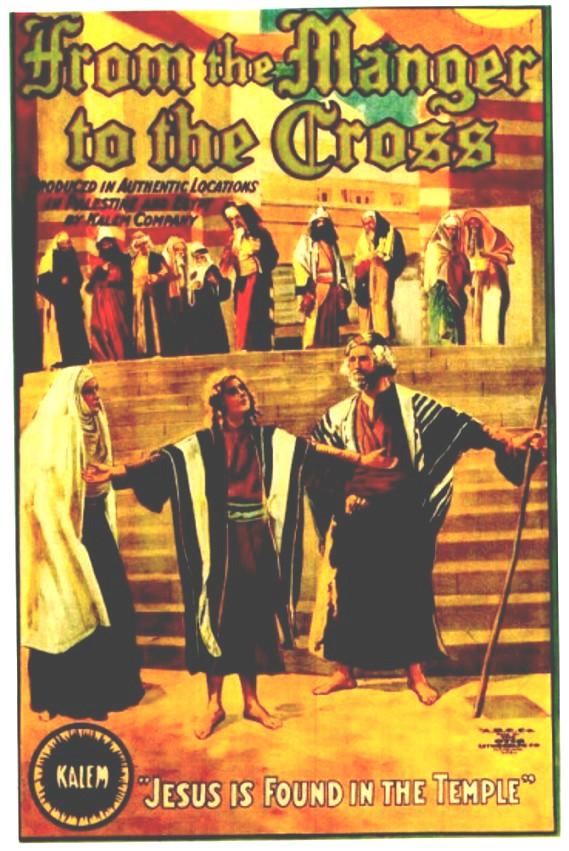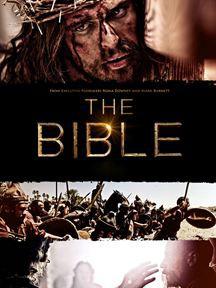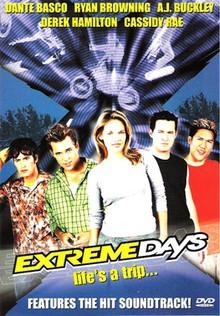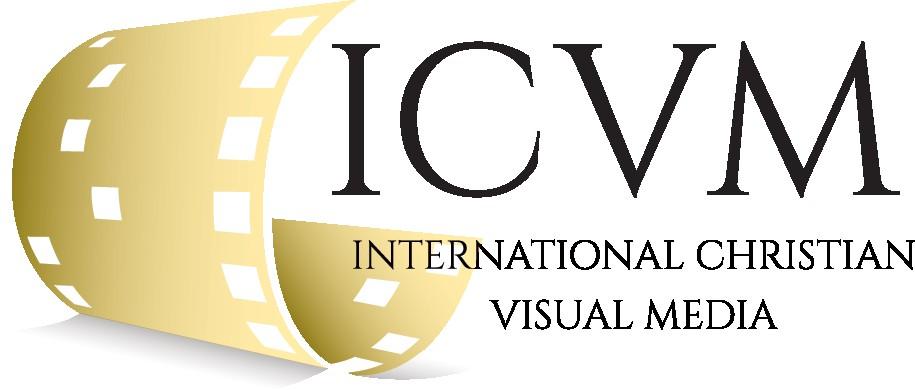
2 minute read
Decades from 30 to 50
DECADES FROM 30 TO 50 – 14
In the 1930s, Dr. Irwin Moon was a pastor fascinated with science. He used scientific experiments in his sermons to illustrate Bible concepts. His gospel became popular and led to the film's (serie) Science sermons. Moon is credited with inventing time-lapse photography and being "the first man to photograph the inside of a heart". After discovering that there was a market for film projectors for churches, the Baptista company developed the Milagre projector in the 1940s and manufactured the Tel-n-Veja film projector in the 1950s. Film strip projectors are still in use on mission missions. Christian organizations, such as Intercomm and Gospel for Asia.
Advertisement
THE GREAT COMMANDMENT
The Great Commandment, produced in 1939, was directed by Irving Pichel and screenplay by Dana Burnet. Frederick later used Walt Disney Studios to make films
DECADES FROM 30 TO 50 – 15
for his distribution company. Frederico believed in using the best talent available in quality and hired nonChristians to work in various roles. "But the result was that he was called 'the Hollywood evangelist." He started each session with a prayer. ” The production of the film cost $ 130000 (one hundred and thirty thousand dollars).
THE RAPTURE
In the late 1930s, two Christians intended to make films that honor Christ and ended up using radically different methods. Illinois businessman Charles Octavia Baptista produced his first film in 1939, E founded C.O. Baptista Films. Baptista refused to hire nonChristians to work on his productions, and this business practice can be based on II Corinthians. 6:14. “I don't play unequally with unbelievers. For, what society has
DECADES FROM 30 TO 50 – 16
the right to life and to stand with God, with injustice? Or how can light have communion with darkness? ” After trying to make a film in Ohio in 1938, episcopal priest James Frederick moved to California in hopes of using Hollywood technicians and actors to make Christian films. Some of the most popular Christian films are based on the rapture. In 1941, the Baptist church produced The Rapture and filmed The Blessed Hope in 1943.
DISTRIBUTION CHANNELS APPEAR
In the 1940s, Christian cinematographs emerged. Christian businessmen interested in renting audiovisual materials from libraries, began to rent films to churches. Harvey W. Marques started Visual Support Center in 1945. Harry Bristow launched Christian Cinema in Ambler, PA. Christian Cinema operated a cinema that showed only Christian films. (Christian Cinema closed in the mid-1990s and is not related to ChristianCinema.com).








